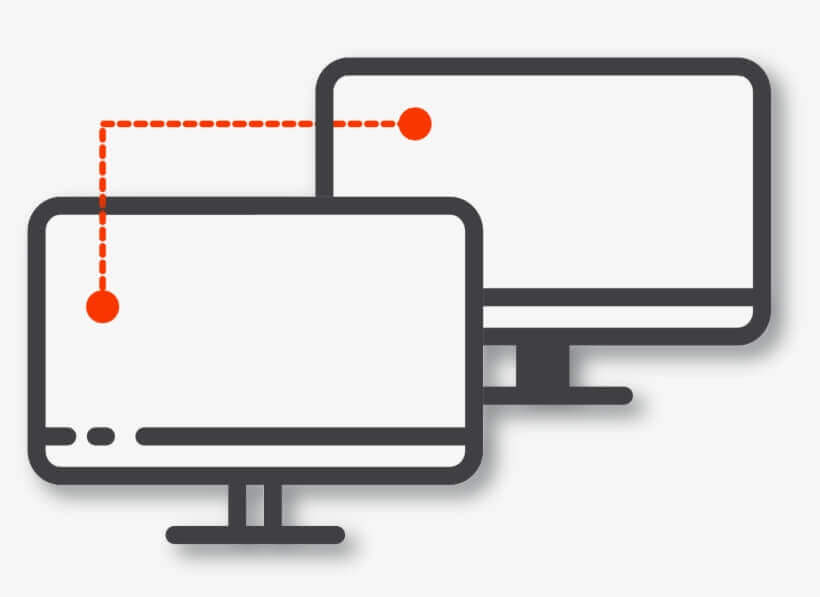
All about Cross-site scripting (XSS) attack
Cross-site scripting might feel like something enticing but truly it is not. It is a type of injection attack and a quite heavy one too which could take potentially days to counterfeit its effect. The main purpose of the attacker is to execute malicious scripts into the web browser of the victim that consists of malicious code within the scripts. Upon visiting the web page or using the web application the malicious code is unveiled and the destruction of the security systems stopping such responses is immediately dead. Most of the time the delivery mechanism that is used by the cross-site scripting includes the use of JavaScript which is the most commonly understood programming language on multiple browsers.
The intent of the XSS attack
The main intent of the attack might be unknown as in multiple phenomena the target of the attack is the user and not the web page or the website. But then there are some other instances where the pure target of the attack is the web page or the website itself. Attackers can use the malicious scrips to completely change the content of the website or even redirecting the user onto another webpage, in this case, another webpage or the redirected webpage contains the malicious code in it.
Start Your 7-Day FREE TRIAL with InfoSec Academy.
What can the attackers do with JavaScript?
XSS based vulnerabilities are perceived to be less and less dangerous than SQL injection attacks. The ability to be able to customize the JavaScript on a running webpage or website might not feel enough professional or consequences not dire but the use of JavaScript can still be pretty dangerous when used to execute the XSS attack. Following are some of the most dangerous feats that can be pulled off exploiting the JavaScript for XSS attack;
- The malicious scripts that have been deployed have access to all the different things on the web page of the website which the rest of the web page has access to. This also includes the user cookies, as we all know that the user's cookies consist of all the nitty-gritty details of who the user is. So, if the attacker can get their hands on the cookies of the user then they can easily steal their identity.
- JavaScript can also read the DOM or document object model of the web page or the website quite easily and can make certain modifications to it. But it is only possible to the page where JavaScript is running.
- JavaScript can also send HTTP requests carrying the arbitrary content to the arbitrary destinations thus keeping all the resources of the server super packed and ultimately leading to a denial of service.
- JavaScript in the latest web browsers and updated systems use the HTML5 application programming interface thus getting access to a variety of different things. Such as the webcam, microphone, or system files from the user's machine. In addition to this attack if the attacker decides to use social engineering then they can go around the user to access their secret information.
These above attacks in relation to some others such as social engineering, allowing the criminals to pull off some of the advanced attacks to hurt the victim hard. This might include cookie theft, planting the Trojans, keylogging, phishing, and identity theft as well. The XSS vulnerabilities would allow the attackers to stretch the intensity of the attacks to even further step.
Start Your 7-Day FREE TRIAL with InfoSec Academy.
How does the cross-site scripting works?
There are two stages to the typical XSS attack;
- To be able to run the malicious JavaScript into the victim’s browser the attacker must be able to first find a way to inject the malicious code into the web page that the victim visits regularly.
- After that, the victim must visit the web page with the malicious source code already deployed. But if the attack is somehow directed at the particular victim's then the attacker can use social engineering or phishing to send a malicious URL to the victim.
For the first step to be successfully completed the vulnerability website needs to directly include some sort of user input or information within its pages. After that, the attacker can initiate a malicious string that will be used within the webpage and would be treated as the source code to be run by the webpage thus launching the malicious code for the attack.
There are various other variants of the XSS attack in which the attacker would lure the user or victim to visit a specific URL only to be met with the malicious code again and initiating the attack. But in comparison, the second one is more sophisticated and kind of fulfilling in which the user or victim is kind of cornered out.
If you want to work for cloud computing and become a dedicated professional then the CISSP training is a must-have which would validate your professional aptitude as a dedicated professional
